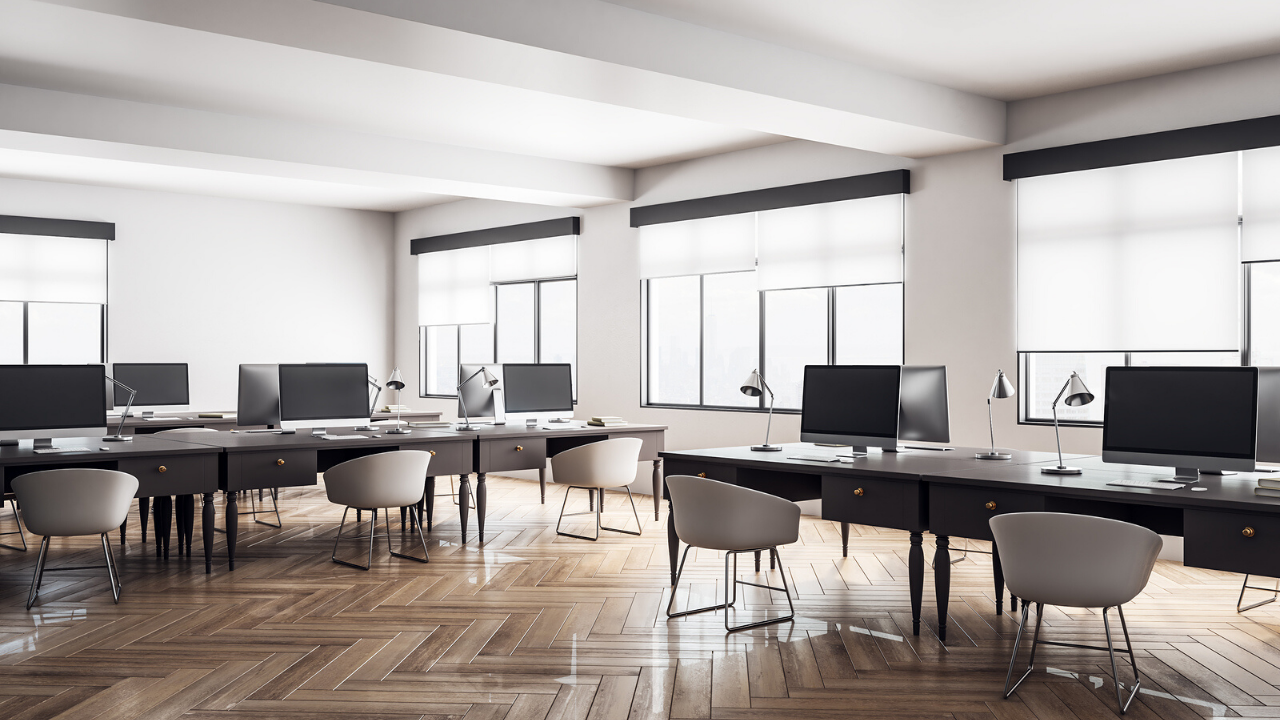According to a new study, workplace design can make workers up to 33% happier at work and these employees experience 31% more productivity. Evidence has proven time and time again that there is a distinct connection between a well-designed, wellness-oriented workplace and employee satisfaction.
Workplace trends that will impact work environments include supporting cognitive and neurodiversity, encouraging mental and physical health and the demand for user-centric design.
Diversity in the workplace goes beyond race, gender and age. Now, companies should offer a workspace that supports workers across the spectrum. Those who do will have guaranteed success.
Furthermore, workplace aesthetics have become a key component in reaching business goals. Workspaces that are user-centric, results-driven and evidence-based will allow for a boost in productivity. This can be accomplished by implementing spatial understanding, neuroscience, architecture, HR and more.
Younger generations have seen a 47% increase in major depression over the past decade. That is why companies must focus on supporting more than just physical health. Curating the appropriate office design can combat burnout by including areas where people can focus on work, as well as destress during the work day.


 Dr. Gleb Tsipursky – The Office Whisperer
Dr. Gleb Tsipursky – The Office Whisperer Nirit Cohen – WorkFutures
Nirit Cohen – WorkFutures Angela Howard – Culture Expert
Angela Howard – Culture Expert Drew Jones – Design & Innovation
Drew Jones – Design & Innovation Jonathan Price – CRE & Flex Expert
Jonathan Price – CRE & Flex Expert











